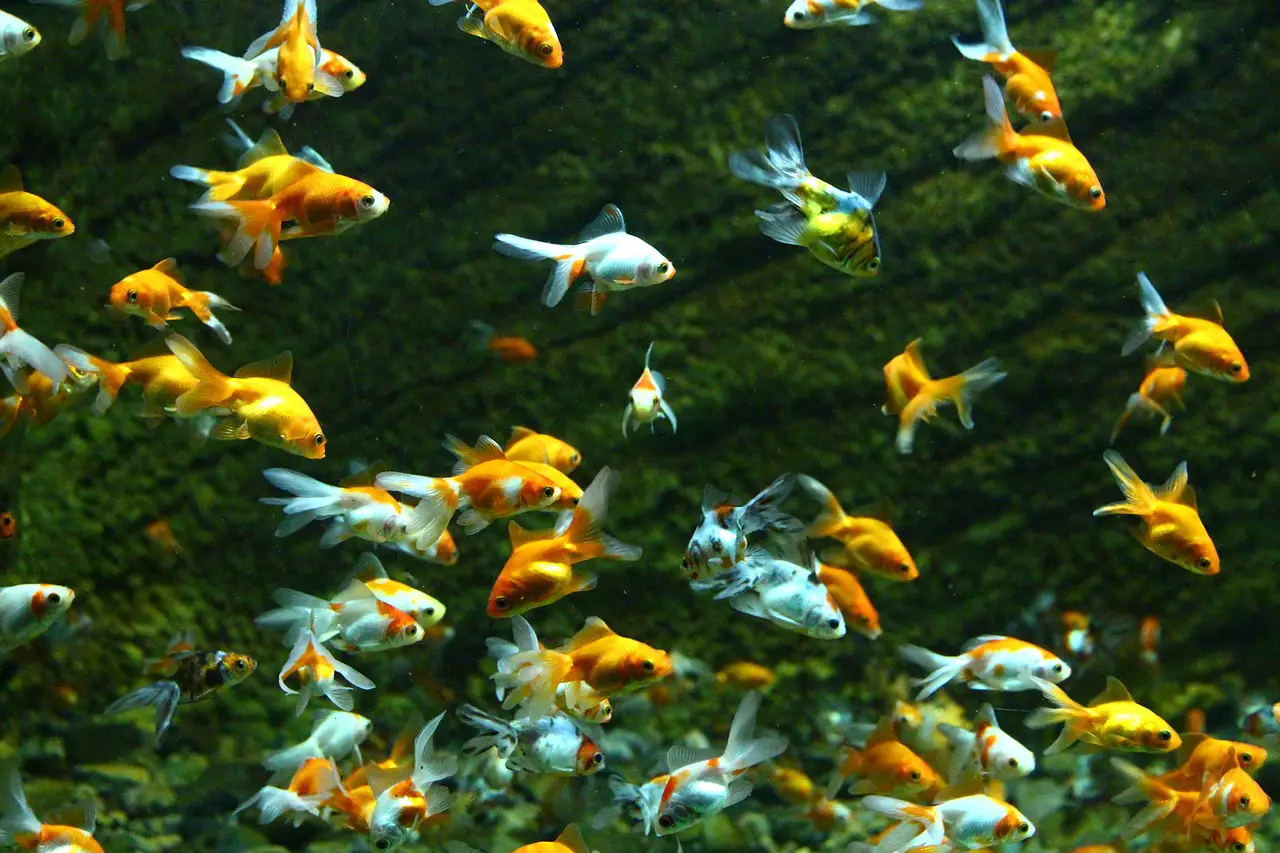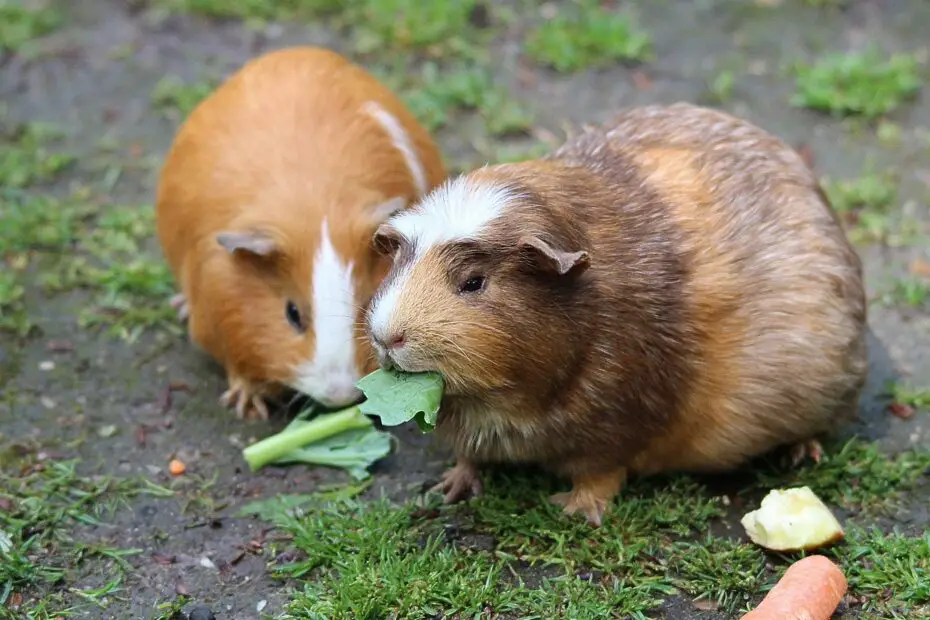Bringing a pet into a child’s life can be a rewarding and educational experience. Not only do pets offer companionship, but they also teach valuable lessons about responsibility and empathy. However, not all pets require the same level of care and attention.
In this article, we explore the world of low maintenance pets for kids. These pets offer a wonderful opportunity to introduce children to pet ownership without overwhelming them or their parents with excessive demands.
You may also want to read about pet monkeys.
Benefits of Low Maintenance Pets
Having a pet has numerous benefits for children. It promotes emotional development, teaches empathy and compassion, and encourages a sense of responsibility. Low maintenance pets offer these advantages while requiring less time and effort to care for, making them an excellent choice for families with busy schedules or children who may not be ready for high-maintenance pets.
Characteristics of Ideal Low Maintenance Pets
When considering low maintenance pets for kids, several characteristics come into play. These pets typically have simple care requirements, are relatively independent, and can adapt well to various environments. Let’s explore some of the top choices for low maintenance pets.
1. Fish
Fish, such as goldfish or bettas, make great low maintenance pets. They require a suitable tank or aquarium, regular feeding, and occasional water changes. Fish are visually appealing and can provide a calming presence in a child’s room or common area.

2. Hamsters
Hamsters are small, cute, and relatively self-sufficient. They are nocturnal animals, which means they are active during the evening and night, allowing children to interact with them after school or in the evenings. Hamsters require a cage with bedding, fresh food, water, and occasional exercise outside their enclosure.

3. Guinea Pigs
Guinea pigs are sociable and friendly pets that thrive on companionship. They enjoy interaction with their human caregivers and can be easily handled. Guinea pigs need a spacious cage, fresh vegetables, hay, and clean water. They are active during the day, making them an ideal pet for kids to interact with.

4. Cats
While cats require more attention than the previous options, they can still be considered low maintenance pets. Cats are independent animals that can entertain themselves to a certain extent. They need regular feeding, a litter box, and occasional grooming. Cats can form strong bonds with children and provide companionship for many years.

5. Turtles
Turtles are intriguing creatures that can fascinate children with their unique appearance and behaviors. They require a proper habitat with a tank or pond, appropriate lighting and temperature, and a balanced diet. Turtles are known for their longevity, which can offer children the opportunity to care for a pet throughout their childhood.

Important Considerations
While low maintenance pets are generally easier to care for, it’s important to remember that all pets require commitment and attention. Children should understand the basic needs of their chosen pet and be involved in its care. Parents should supervise and guide their children in fulfilling their responsibilities, ensuring the well-being of both the child and the pet.
Teaching Responsibility to Kids
One of the significant benefits of pet ownership is the opportunity to teach children about responsibility. Caring for a low maintenance pet allows kids to develop essential skills such as feeding, cleaning, and maintaining a routine. By gradually increasing their involvement in the pet’s care, children can learn the importance of consistency, empathy, and the rewards of nurturing another living being.
Conclusion
Introducing a low maintenance pet into a child’s life can be a wonderful experience. It offers the benefits of pet ownership while minimizing the demands on time and effort. Whether it’s a fish, a hamster, a guinea pig, a cat, or a turtle, each pet brings its unique qualities and opportunities for children to learn and grow. By selecting the right pet and providing guidance and support, parents can help their children develop responsibility, empathy, and a lifelong love for animals.
FAQs
1. How old should a child be to have a low maintenance pet? The appropriate age for a child to have a low maintenance pet depends on their maturity level and ability to understand and fulfill responsibilities. Generally, children aged 8 and above can handle basic pet care tasks with proper guidance and supervision.
2. Do low maintenance pets require any veterinary care? While low maintenance pets may require fewer veterinary visits than some other pets, it’s still important to provide routine check-ups, vaccinations, and necessary medical care. Regular veterinary care helps ensure the well-being and health of the pet.
3. Can low maintenance pets be left alone for extended periods? Low maintenance pets can tolerate being alone for short periods, but it’s essential to ensure they have adequate food, water, and a clean environment. For longer absences, arrangements should be made for someone to care for the pet or consider alternative pet care options.
4. Are low maintenance pets suitable for apartments or small living spaces? Yes, many low maintenance pets are suitable for apartments or small living spaces. However, it’s important to consider the specific needs of the pet and provide an appropriate environment that allows them to thrive.
5. Can low maintenance pets teach children about loss and grief? Yes, the loss of a pet, even a low maintenance one, can be a valuable opportunity for children to learn about grief and coping with loss. It’s important for parents to support their children during these times and provide them with age-appropriate explanations and emotional support.
